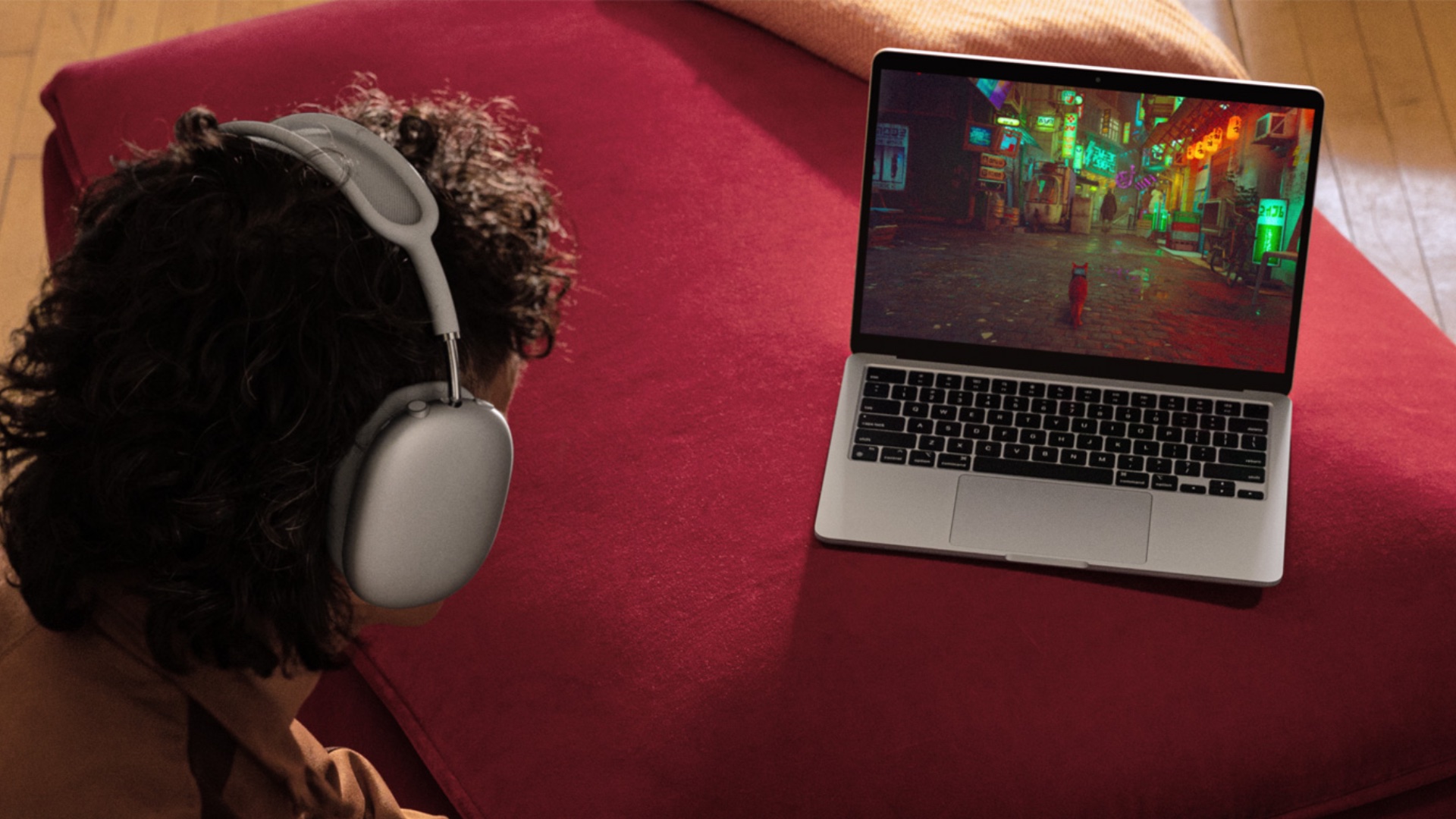The new M3 MacBook Air launch hints at Apple's big AI plans in 2024 and beyond
There's a lot of talk about AI in that press release.

After months of waiting Apple finally did it. Today saw the official unveiling of the new M3 MacBook Air laptops, with both 13- and 15-inch options available simultaneously. The two models are both available to preorder today and go on sale on March 8, and there are plenty of storage and RAM configurations to choose from. But what was really interesting was something towards the middle of Apple's press release.
That press release of course covered everything you'd expect, including the M3 chip and its blazing-fast performance. But one whole sub-section was dedicated to something that we aren't too familiar with Apple focusing on, especially in a laptop. Because according to Apple, the MacBook Air is the "world's best consumer laptop for AI."
What does that mean? Well, Apple seeks to explain that by diving into what the M3 does that makes AI tasks so performant as well as which apps it expects people to run on their new laptop. In a year where we're already expecting big things from Apple's AI push, it's becoming increasingly clear that 2024 will be a year in which the company aims to close the gap on the likes of Open AI, Google, and Microsoft. We just didn't expect that the MacBook Air would be the first real sign of that focus.
Neural Engine FTW
Apple's Newsroom post is little more than a glorified press release so we have to remember that when we read that Apple believes every M-series Mac is "a great platform for AI." But with the M3, it's particularly keen to share details.
Those details start with "a faster and more efficient 16-core Neural Engine, along with accelerators in the CPU and GPU to boost on-device machine learning, making MacBook Air the world’s best consumer laptop for AI." But hardware is just part of the story. Apple says that "macOS delivers intelligent features that enhance productivity and creativity, so users can enable powerful camera features, real-time speech to text, translation, text predictions, visual understanding, accessibility features, and much more."
In terms of what that all means for users and their apps, Apple says that a broad ecosystem of apps offers advanced AI features, and it has some examples. It says that "users can do everything from checking their homework with AI Math Assistance in Goodnotes 6, to automatically enhancing photos in Pixelmator Pro, to removing background noise from a video using CapCut." It continues, adding that "combined with the unified memory architecture of Apple silicon, MacBook Air can also run optimized AI models, including large language models (LLMs) and diffusion models for image generation locally with great performance."
The talk of LLMs is notable given the fact that Apple is thought to be ready to leverage such technology to take Siri to the next level. Open AI's ChatGPT chatbot is based on an LLM, for example, and the requirement to run such things on-device is obvious if Apple is to give Siri the help it needs to compete with such products.
iMore offers spot-on advice and guidance from our team of experts, with decades of Apple device experience to lean on. Learn more with iMore!
"In addition to on-device performance, MacBook Air supports cloud-based solutions, enabling users to run powerful productivity and creative apps that tap into the power of AI, such as Microsoft Copilot for Microsoft 365, Canva, and Adobe Firefly," Apple explains, namedropping some of the most-used creative tools used today.
Apple has long been rumored to have designs on an AI-driven 2024, and it seems that it's already getting its ducks in a row before WWDC rolls around in June. New software will be the key here, and all eyes will be on iOS 18 and macOS 15 to see what Apple has been working on.
More from iMore

Oliver Haslam has written about Apple and the wider technology business for more than a decade with bylines on How-To Geek, PC Mag, iDownloadBlog, and many more. He has also been published in print for Macworld, including cover stories. At iMore, Oliver is involved in daily news coverage and, not being short of opinions, has been known to 'explain' those thoughts in more detail, too.
Having grown up using PCs and spending far too much money on graphics card and flashy RAM, Oliver switched to the Mac with a G5 iMac and hasn't looked back. Since then he's seen the growth of the smartphone world, backed by iPhone, and new product categories come and go. Current expertise includes iOS, macOS, streaming services, and pretty much anything that has a battery or plugs into a wall. Oliver also covers mobile gaming for iMore, with Apple Arcade a particular focus. He's been gaming since the Atari 2600 days and still struggles to comprehend the fact he can play console quality titles on his pocket computer.
